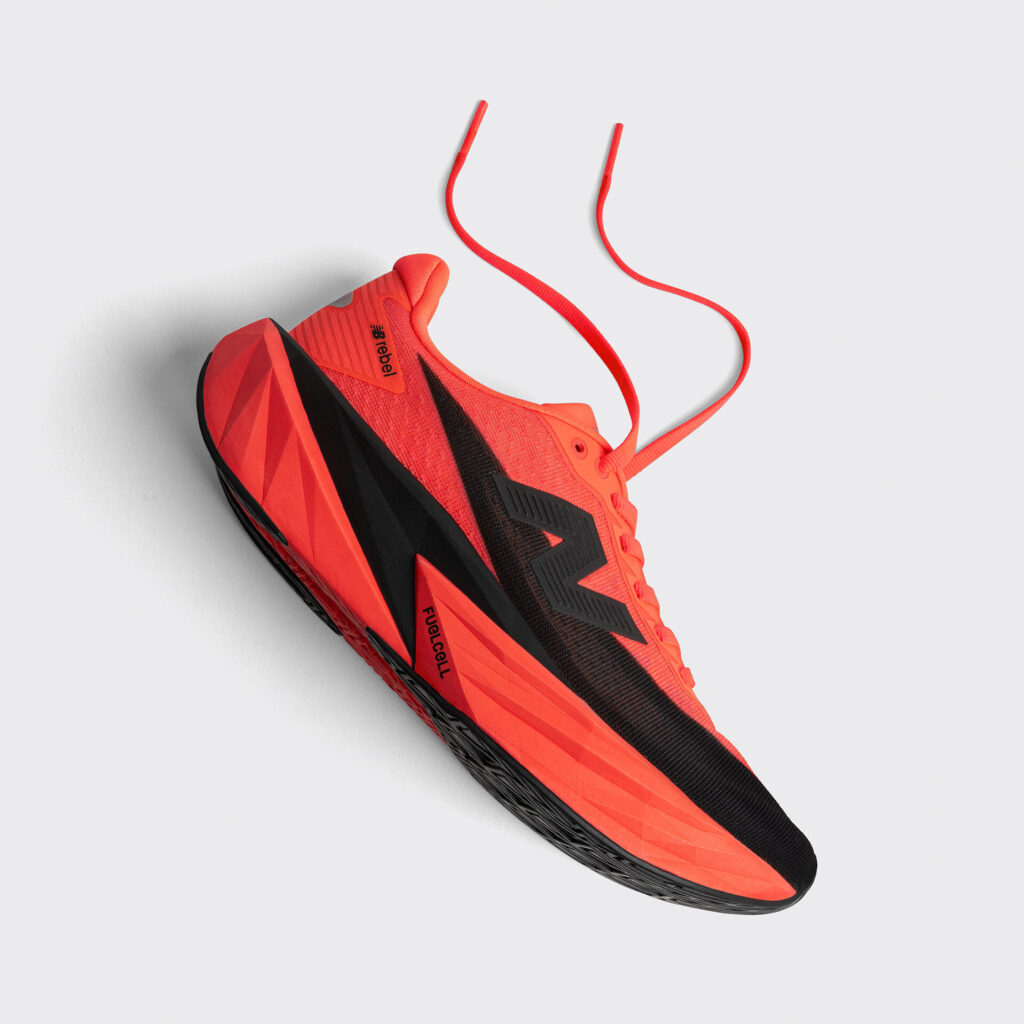When was the last time you really thought about the product you were applying under your arms? Have you ever gotten to 2pm and wondered why you needed to reapply? Or worse, have you noticed sweat marks under your arms just as you arrive at work?
People often use the words deodorant and antiperspirant interchangeably, but there’s actually a major difference between them. Let’s break it down so you know what will work best.
Deodorant
Deodorant, which is usually our ‘go-to’, actually shouldn’t be used to help with sweating. Instead of doing the job you think it should be doing, deodorant only masks the smell associated with sweat without actually controlling it. If you find yourself sweating beyond control, there could be a chance that you’re using deodorant and not antiperspirant.
Antiperspirant and clinical antiperspirants
If deodorant isn’t cutting it, try using an antiperspirant to deal with sweating. Antiperspirants contain metallic salts and can be purchased over the counter. These salts have been found to block sweat ducts, reducing the amount of perspiration that reaches the skin. If you’re still struggling to contain underarm sweat, your doctor may recommend a stronger clinical antiperspirant for your armpits. Like other antiperspirants, these also work by blocking sweat ducts, reducing the amount of perspiration that reaches the skin.
RELATED: This Is Why Your Activewear Stinks So Much
What to do if the above still aren’t cutting it
If sweating is still impacting your life, causing embarrassment or holding you back, you could have excessive sweating, or hyperhidrosis. There are a several treatment options available that you can speak to your health care professional about. These include sweat-stopping injections, iontophoresis, oral medication, microwave treatment or surgery.
Injectable treatments involve injections to the underarm area, which help control the symptoms of severe underarm sweating by temporarily blocking the chemical signals from the nerves that stimulate the sweat glands. When the sweat glands don’t receive chemical signals, the severe sweating is significantly reduced. These injections are expected to temporarily stop the production of excessive sweat in the treated areas.
RELATED: 5 Body Odours You Should Never Ignore
Other treatments include iontophoresis, which temporarily switches off the sweat glands by using an electrical current device. Meanwhile, oral medication can block the chemical signals to the sweat glands and reduce underarm sweating as well. Another alternative is microwave treatment which destroys the sweat glands and in doing so also reduces sweating.
The final option is surgery, this is less commonly used nowadays and usually reserved for the most extreme cases that do not respond to other treatments. Some surgical methods used include removal of axillary sweat glands and endoscopic thoracic sympathectomy.
If you feel like you could have hyperhidrosis, speak to your GP about your treatment options and visit www.excessivesweatinghelp.com.au for more information.
Dr Tony Caccetta is a Specialist Dermatologist at Perth Dermatology Clinic and Fellow of the Australasian College of Dermatologists.













